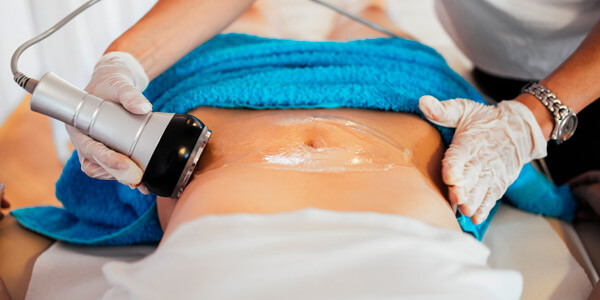
Lymphatic Drainage
This type of massage aims to help the body maintain proper blood circulation, body fluid balance, and immune functions.
The lymphatic system contains vessels and nodes with lymph, a mixture of proteins, water, waste products, and immune system elements. Located throughout the body, lymph nodes filter all this debris. The largest nodes are in the neck, groin, and armpits. They all work together to make sure “clean” lymph is transported back to the veins that carry blood toward the heart.
Lymphatic drainage massage can help treat several health problems. Some conditions can benefit more from the massage than others. Studies have found that lymphatic drainage massage may be beneficial to ease symptoms of Rheumatoid Arthritis or Fybromyalgia, to name a just a few.
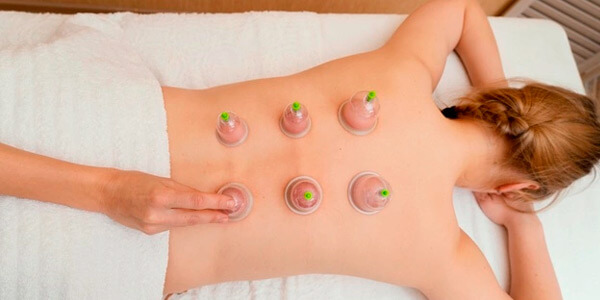
Cupping Therapy
Cupping therapy is an ancient form of alternative medicine in which a therapist puts special cups on your skin for a few minutes to create suction. People get it for many purposes, including to help with pain, inflammation, blood flow, relaxation and well-being, and as a type of deep-tissue massage.
Cupping is fairly safe but you could have some side effects in the area where the cups touch your skin like mild discomfort or bruises.
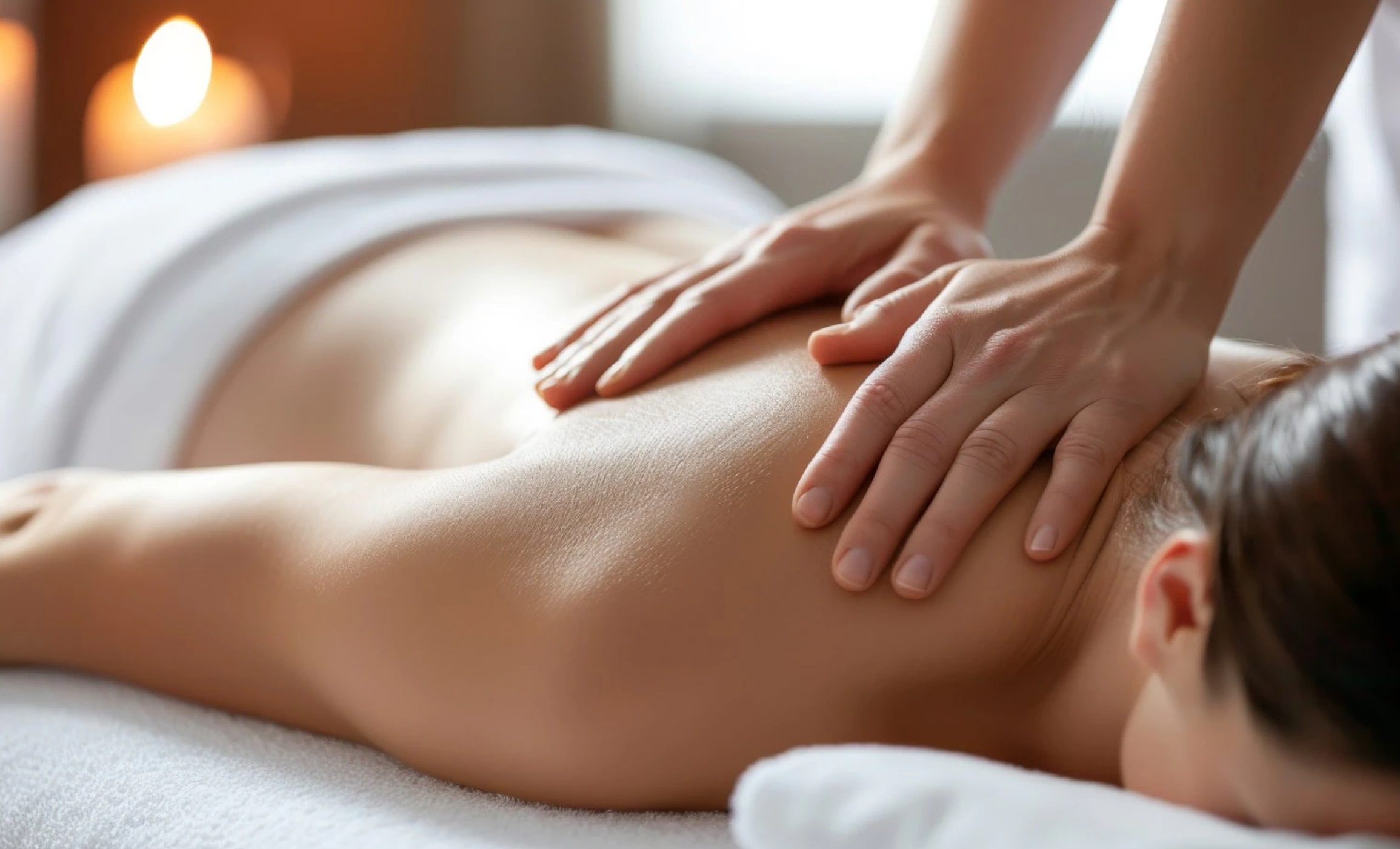
Deep Tissue Massage
Deep tissue massage involves applying firm pressure and slow strokes to reach deeper layers of muscle and fascia (the connective tissue surrounding muscles). It may also promote faster healing by increasing blood flow and reducing inflammation.
Indicated for low back pain, limited mobility, when recovery from injuries or repetitive strain injury, such as carpal tunnel syndrome; for postural problems, multiple muscle tension, upper back or neck pain. It’s also highly recommended for chronic aches and pains and for contracted areas such as a stiff neck and upper back, low back pain, leg muscle tightness, and sore shoulders. Also beneficial to ease the pain of osteoarthritis and sciatica, tennis elbow and fibromyalgia.
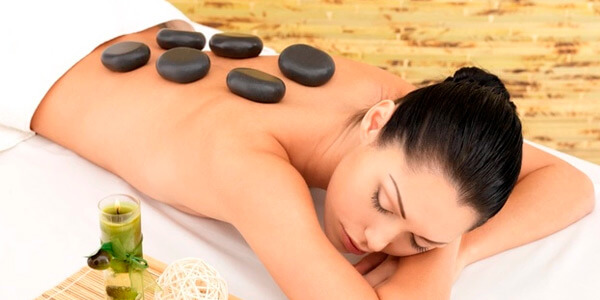
Hot Stone Massage
Hot stone massage is a type of massage therapy that involves the use of smooth, heated stones. The massage therapist places the hot stones on specific points on your body and may also hold the stones while giving the massage. The hallmark of hot stone massage is the use of heated stones. Basalt river rocks are typically used because they are smooth (from the river’s current) and retain heat well.
People often describe hot stone massage as comforting and deeply relaxing. The warmth is soothing for people who tend to feel chilly. The heat of the stones relaxes muscles, allowing the therapist to work deeper while using lighter pressure.
While hot stone massage is generally considered safe, it’s not right for everyone. Children and people who are pregnant should avoid hot stone massage. People often use hot stone massage to help them with symptoms of anxiety and depression, back pain or insomnia.

Mommy Care Massage
- Prenatal massage is a type of massage therapy specifically designed to be used during pregnancy. This type of massage may help relieve some of the aches and pains of pregnancy, but it does have some risks; it isn’t suitable for every person or every pregnancy. Pain relief, reduction of swelling, better sleep, relaxation and stress reduction are some of the benefits of getting a professional massage when you are pregnant.
- Postpartum massage promotes relaxation, pain relief and stress reduction along with helping any new mom experience a quicker recovery and overall better health after giving birth. It also helps with hormone regulation, decrease swelling and improve breastfeeding. After delivering a baby, a woman may experience a postpartum phase known as “baby blues.” This experience could involve depression, postpartum psychosis, stretch marks, and vascular problems. Any one of these conditions can affect a woman’s ability to heal emotionally and physically after giving birth. But many of them can be improved with postpartum massage.

Myofascial Release Massage
Myofascial release is a soft tissue therapy used to treat deep muscular tension, somatic dysfunction, and pain by relaxing the fascia (the fibrous bands around muscles, ligaments, and tendons). The technique requires very firm pressure that stretches and elongates deep muscle tissue, increasing range of motion and circulation. No lubricant is added to the skin so the therapist can locate and release the areas of connective tissue that are restricted.
Myofascial release applies sustained pressure on targeted areas of connective tissue (fascia) that surround your muscles and bones. This pressure is meant to release the restriction in the connective tissue so that you have greater range of motion and less pain. Using steady pressure is the key. The fibers must be allowed sufficient time to soften and stretch.
Wide range of potential benefits including (but not limited to): Corrects muscle imbalances; improves joint range of motion and overall flexibility; can help alleviate headaches or symptoms of migraines; relieves muscle soreness and joint stress and decreases overall effects of stress.
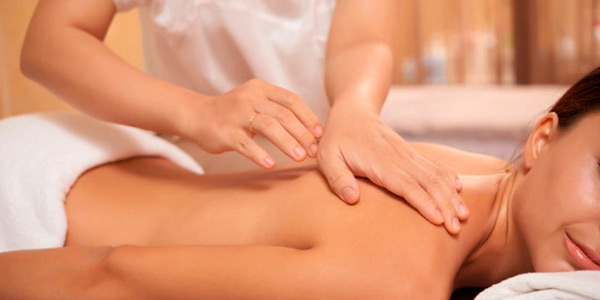
Swedish Massage
This is the most common type of massage, designed to improve your circulation, soothe your muscles and make you feel more relaxed.
Swedish massage is a whole-body therapeutic massage treatment that works the soft tissues and muscles to help restore health – creating a calming and balancing effect on the nervous system. It involves soft, long, kneading strokes, as well as light, rhythmic, tapping strokes, on topmost layers of muscles, also combined with movement of the joints. By relieving muscle tension, Swedish therapy can be both relaxing and energizing.



